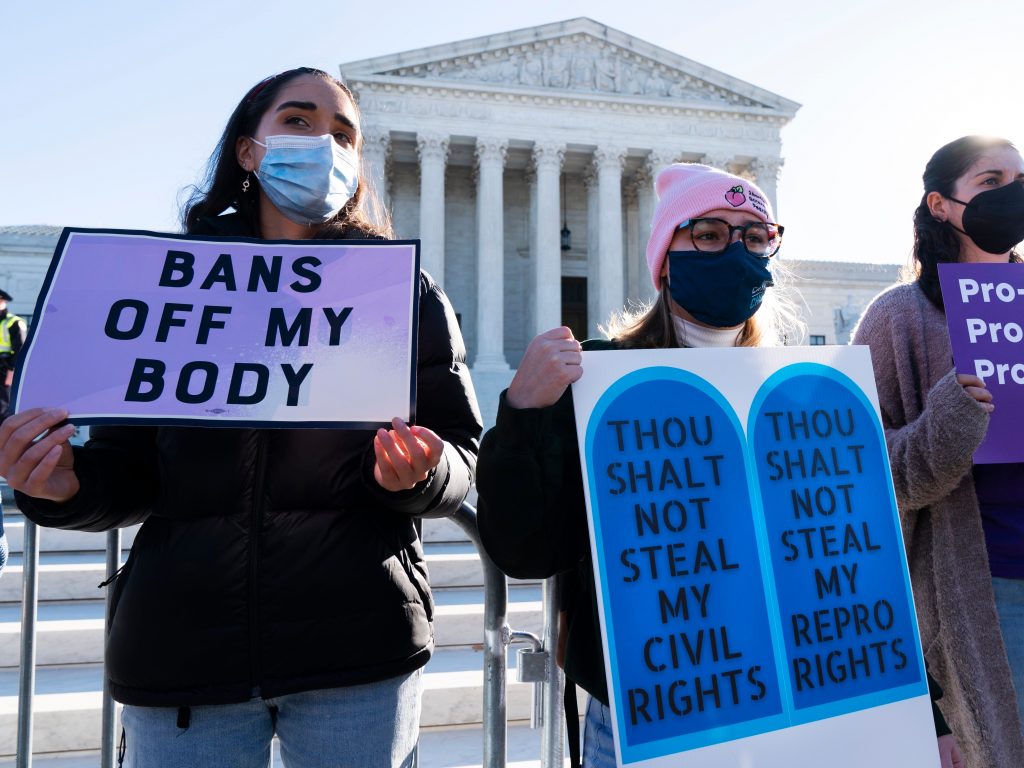- The Supreme Court draft that leaked Monday is unprecedented.
- Justices and the clerks who work for them tend to be tight lipped about ther inner workings.
- But a few examples of leaks from the Supreme Court have happened before.
Even in a town of leaks like Washington, DC, the Supreme Court is known as being exceedingly tight-lipped. What happens behinds closed doors generally stays there.
That all changed Monday, when an unknown source leaked a major Supreme Court draft about abortion to Politico. While stories of internal strife and a few decisions have made their way to the press, never before has an entire draft opinion been released widely like this.
The unprecedented nature of the leak sent Washington and legal experts into a tailspin. The draft, written by Justice Samuel Alito, said that a majority of justices think the court's 1973 Roe v. Wade decision was "egregiously wrong from the start" and should be overruled. Such a decision — which is not final — would turn the legality of abortion to state lawmakers and Congress.
Jonathan Turley, Shapiro Chair of Public Interest Law at George Washington University, wrote on Twitter that the leak was "nothing short of breathtaking."
"It would constitute one of the greatest breaches of security in the history of the Court," he said.
Chief Justice Roberts is likely to order a full-blown investigation involving the FBI to determine the source, according to CBS, which cited anonymous sources.
The justices could still decide to rule differently on the case, called Dobbs v. Jackson Women Health Organization. Thre's a long-standing tradition of justices meeting in person to discuss cases and to vote, and no staff are allowed in. The idea is to keep the information confidential so justices aren't swayed one way or another by outside pressure campaigns.
Journalists and experts regularly make predictions about where justices will land by listening to questions the justices ask when cases are being argued and by looking at past decisions.
But a full draft leaking to the press has never happened before.
"It is the first major leak from the Supreme Court ever," Neal Katyal, the former Acting Solicitor General of the United States under the Obama administration, wrote on Twitter. He likened it to the Pentagon Papers, which detailed the origins of the Vietnam War.
There have been a few other examples of leaks from the court, though not to this magnitude.
In 1972 Justice William Douglas wrote a memo about Roe that leaked to the Washington Post, according to Jonathan Peters, a media law professor at UGA's Grady College of Journalism and Mass Communication.
Time magazine also published a story announcing the Roe decision and the breakdown before the court made it public.
Some suspect that clerks, who work for Supreme Court Justices for a year, are a source of leaks. In 2004, for example, law clerks told Vanity Fair about the secret deliberations in Bush v. Gore.
Another recent high-profile example of internal deliberations becoming public happened in 2012 with a case about the Affordable Care Act, commonly known as Obamacare. Conservative columnist Avik Roy wrote in Forbes ahead of the ruling that then-Justice Anthony Kennedy was prepared to side with conservatives to strike down a controversial rule in Obamacare that obligated people to buy health insurance or otherwise pay a fine.
After the ruling, CBS reported that Roberts had initially planned to side with Kennedy to strike down the healthcare law but changed his position.
Seven years later, even more details leaked. The 2019 book "The Chief: The Life and Turbulent Times of Chief Justice John Roberts," by CNN's Joan Biskupic, explained in detail the way that Roberts broached a deal with other justices to strike down a portion of the law that would have forced states to expand the Medicaid program for people who cannot afford private coverage while keeping the insurance mandate in place.
Biskupic also reported in CNN later that year that Roberts changed his mind in a decision on the 2020 US census, when he shot down the legality of the Trump administration adding a citizenship question to the questionnaire.
Last week, a Wall Street Journal editorial expressed concern that Roberts was trying to turn justices against overturning Roe, though it's not clear whether the writers had inside information or if they were making the prediction based on Roberts' prior rulings and reports of his past dealmaking.

